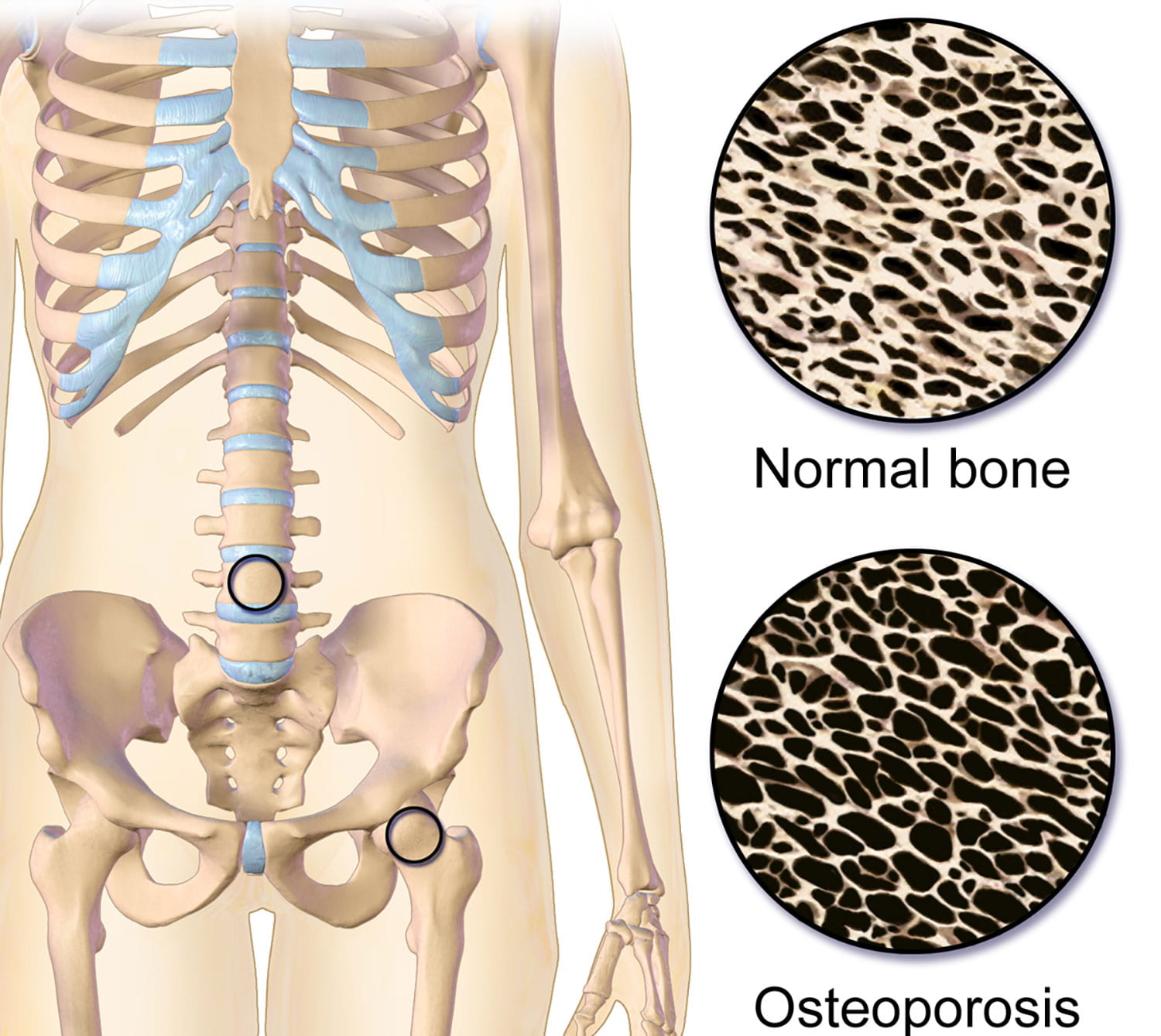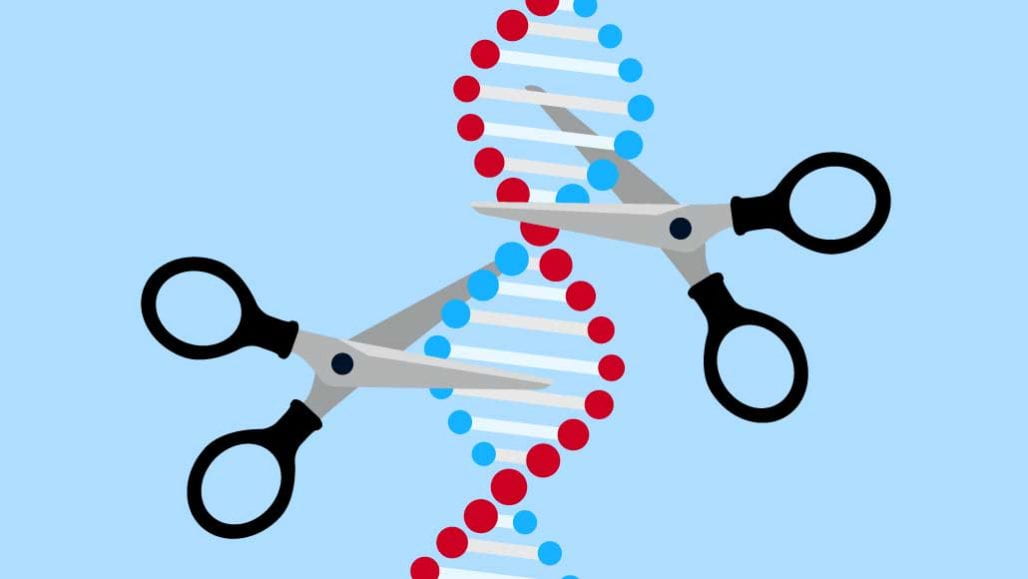 Osteoporosis is a disease of bone fragility that affects 1 in 3 women and 1 in 5 men over the age of 50. With advances in genome sequencing, scientists have begun to identify genetic variants – sequences of DNA that vary among individuals – that protect some individuals from osteoporosis, and make others more susceptible to this disease. However, in most cases, we do not know how these genetic variants affect osteoporosis risk.
Osteoporosis is a disease of bone fragility that affects 1 in 3 women and 1 in 5 men over the age of 50. With advances in genome sequencing, scientists have begun to identify genetic variants – sequences of DNA that vary among individuals – that protect some individuals from osteoporosis, and make others more susceptible to this disease. However, in most cases, we do not know how these genetic variants affect osteoporosis risk.
To help address this barrier, our lab has developed a rapid pipeline for the prediction of human skeletal gene function.
 We have established methods for gene editing using CRISPR that enable rapid screening and mutation in zebrafish – the model for our osteoporosis research. We have also pioneered new techniques to image zebrafish skeletons. With institutional, NIH, and private support, our lab is conducting one of the largest screens of genes linked to osteoporosis risk performed to date.
We have established methods for gene editing using CRISPR that enable rapid screening and mutation in zebrafish – the model for our osteoporosis research. We have also pioneered new techniques to image zebrafish skeletons. With institutional, NIH, and private support, our lab is conducting one of the largest screens of genes linked to osteoporosis risk performed to date.
Our hope is that identifying the genes that underlie osteoporosis risk will lead to clues about how to control bone regeneration, and bring relief to patients in the form of new treatments.